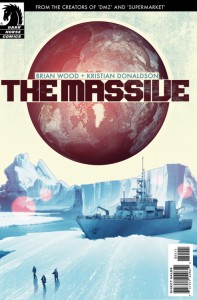 In The Massive, writer Brian Wood is back in the wheelhouse he established in Channel Zero and DMZ: a story about pragmatic survivors in a world at least two degrees more dystopian than our own. It is an interesting book with action, at least a couple of well-thought characters, in a world that has obviously been carefully planned and built by Wood, with high stakes for everyone involved, and loads in a background enigmatic mystery to boot. It’s tinkering with big ideas – such as, what happens if Al Gore is correct, and we’re about to be joylessly fistfucked by global warming – and doing it using a pragmatic, non-sci-fi viewpoint. It appears ambitious.
In The Massive, writer Brian Wood is back in the wheelhouse he established in Channel Zero and DMZ: a story about pragmatic survivors in a world at least two degrees more dystopian than our own. It is an interesting book with action, at least a couple of well-thought characters, in a world that has obviously been carefully planned and built by Wood, with high stakes for everyone involved, and loads in a background enigmatic mystery to boot. It’s tinkering with big ideas – such as, what happens if Al Gore is correct, and we’re about to be joylessly fistfucked by global warming – and doing it using a pragmatic, non-sci-fi viewpoint. It appears ambitious.
So why am I sitting here wondering: where the fuck is that second zodiac speedboat from the Goddamned chase scene? But we’ll get to that in a minute.
I say again for the record: this book is Wood back in his element. The man made his bones looking at How Things Are, extrapolating How Things Might Be In Two Years If It All Goes To Shit, and stacking that world with people fighting that system. Channel Zero is a classic of that style – a story from the late 90s based on the simple idea of, “What if, after cleaning up Times Square by throwing all the winos and junkies in Riker’s Island, Mayor Giuliani could do anything he wanted?” And in that world he put Jennie 2.5, a media hacker raging against the machine with guerrilla journalism that foretold blogging and social media revolution by about ten years… although, to be fair, Christian Slater and Pump Up The Volume not only got there first, but had gratuitous Samantha Mathis jugs and Leonard Cohen tunes. But I digress.
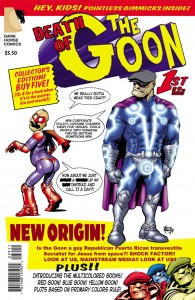
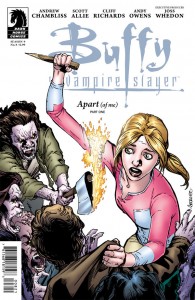
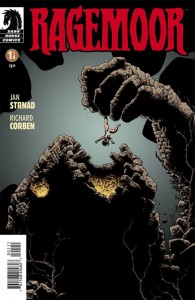
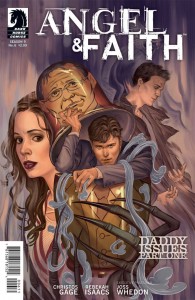
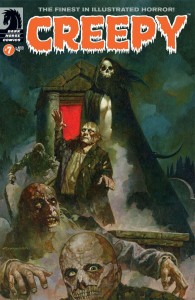

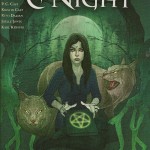
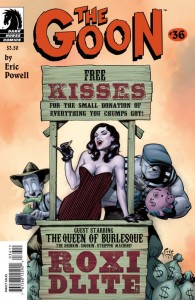
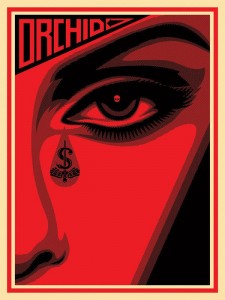
 Podcast RSS Feed
Podcast RSS Feed iTunes
iTunes Google Play
Google Play Stitcher
Stitcher TuneIn Radio
TuneIn Radio Android
Android Miro Media Player
Miro Media Player Comics Podcast Network
Comics Podcast Network